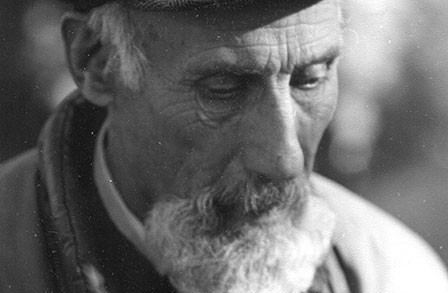Name Robert Lax Role Poet | ||
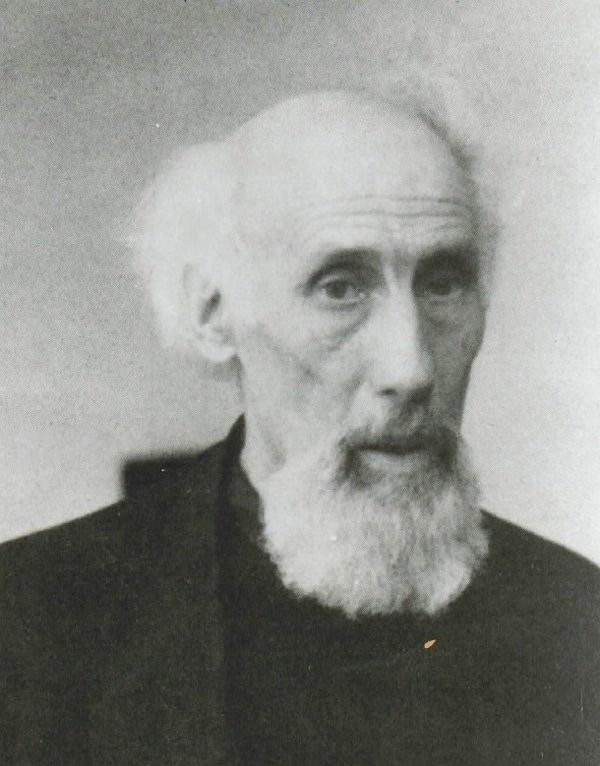 | ||
Books Circus days & nights, Love had a compass, A thing that is, Poems (1962‑1997), Journal D | ||
Michael n mcgregor on how robert lax s minimalist lifestyle impacted his poetry
Robert Lax (November 30, 1915 – September 26, 2000) was an American poet, known in particular for his association with famed 20th century Trappist monk and writer Thomas Merton. A third friend of his youth, whose work sheds light on both Lax and Merton, was Ad Reinhardt. During the latter period of his life, Lax resided on the island of Patmos, Greece. Considered by some to be a self-exiled hermit, he nonetheless welcomed visitors to his home on the island, but did nothing to court publicity or expand his literary career or reputation.
Contents
- Michael n mcgregor on how robert lax s minimalist lifestyle impacted his poetry
- Robert lax s friendships and need for solitude
- Life
- Writings
- References

Robert lax s friendships and need for solitude
Life
Lax was born in Olean, New York on November 30, 1915, to Sigmund and Rebecca Lax. He attended Columbia University in New York City, where he studied with the poet and critic Mark Van Doren. As a student at Columbia University in the late 1930s, Lax worked on the college humor magazine, Jester, with a classmate who became a close lifetime friend, Thomas Merton, the Trappist monk and author of many spiritual books. Others on the Jester staff were Ed Rice, founder and editor of Jubilee magazine (to which all three men contributed in the 1950s and ¹60s) and Ad Reinhardt, the painter. In his biography, The Seven Storey Mountain, Merton describes Lax at a meeting with other Jester staff: "Taller than them all, and more serious, with a long face, like a horse, and a great mane of black hair on top of it, Bob Lax meditated on some incomprehensible woe." Mark Van Doren, one of his Columbia professors, wrote that "The woe, I now believe, was that Lax could not state his bliss: his love of the world and all things, all persons in it."
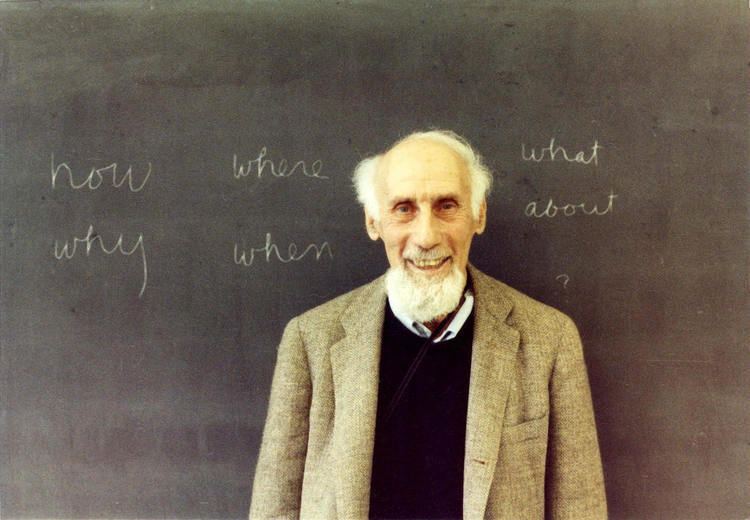
After graduating in 1938, Lax worked on the staff of The New Yorker, was poetry editor of Time magazine, wrote screenplays in Hollywood, and taught at both the University of North Carolina and Connecticut College for Women. Lax converted from Judaism to Catholicism in 1943, five years after his friend Thomas Merton, and Rice was godfather to both men. But Lax desired a simple life, so he wandered, working in circuses as an expert juggler. He traveled with the Cristiani Brothers circus in 1949, which enabled him to generate material for his collection Circus of the Sun. Lax helped Rice start Jubilee, a lay Catholic magazine, in 1952 and became its roving editor. By 1962, he found his way to the Greek islands, where he was to spend the next 35 years, most recently on Patmos. The correspondence of Lax and Merton, written in a kind of comic argot, was published in 1978. Lax moved back to Olean in 2000, where shortly after, on September 26, 2000, he died in his sleep at age 84.
Writings
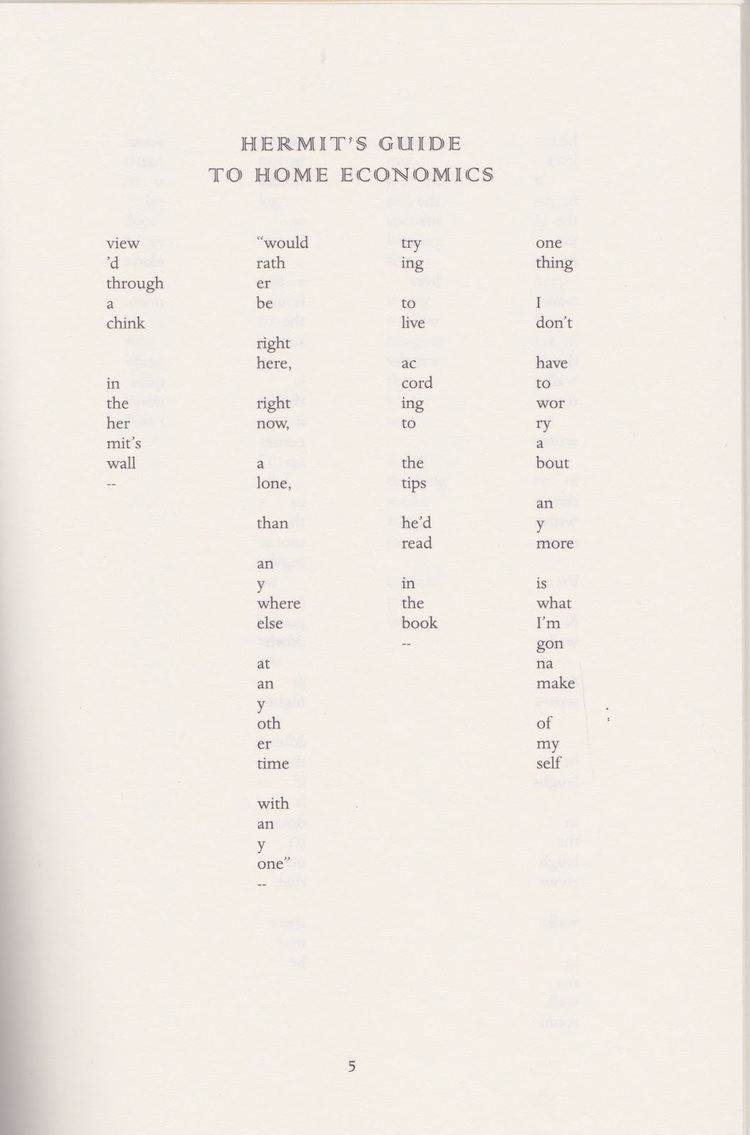
Lax wrote hundreds of poems and dozens of books in his long career, but never reached the level of recognition that some of his peers say he deserves. Jack Kerouac called Lax "one of the great original voices of our times ... a Pilgrim in search of beautiful innocence." One of his most acclaimed works was Circus of the Sun, a collection of poems metaphorically comparing the circus to Creation. The New York Times Book Review called it "perhaps the greatest English language poem of this century." An excerpt was distributed to those attending Lax's funeral at St. Bonaventure University on September 29:
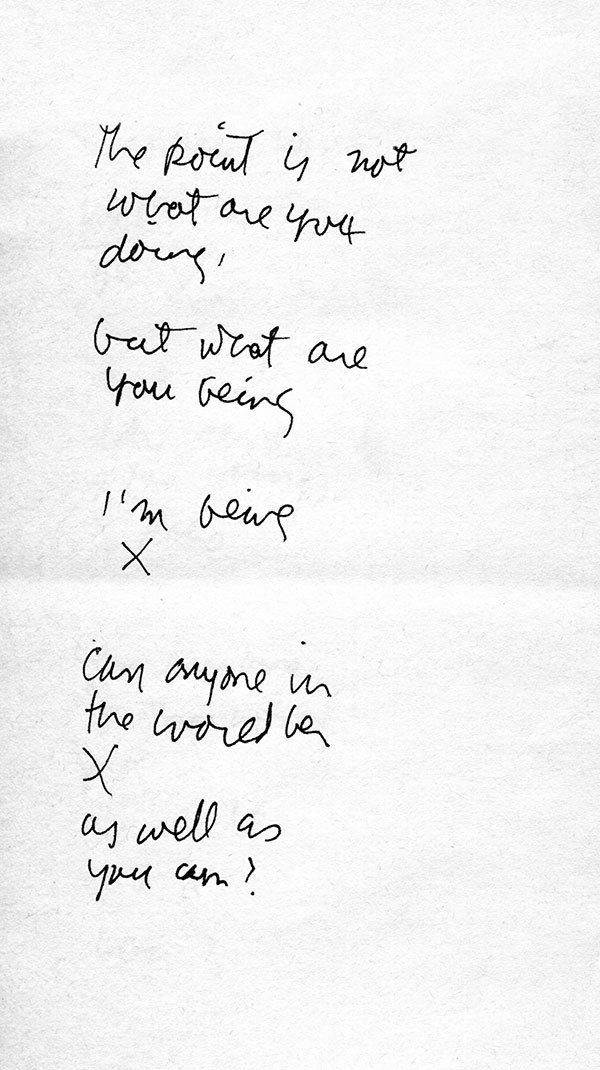
Lax attempted to embody a sense of bliss in his writing. Some of his poems, however, were whimsical:
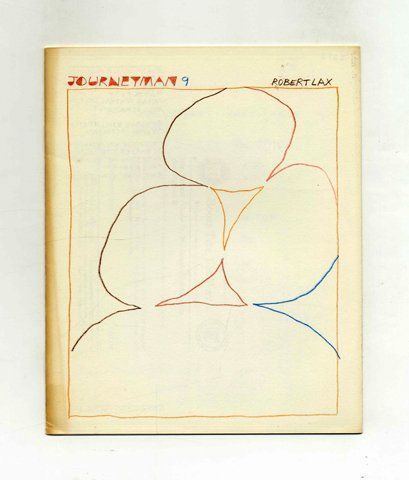
Over the years his poetry became more and more minimalist, sometimes consisting of single words, even single syllables, running page after page, often in varying colors. Much of his output, while not outright spiritual, evoked religious thoughts. Many Western visitors to his tiny house in Patmos had their spirits recharged in the presence of his peaceful mien. "To the best of my knowledge," wrote William Maxwell, "a saint is simply all the things that he is. If you placed him among the Old Testament figures above the south portal of Chartres, he wouldn't look odd."

For several years, Lax practiced the method of meditation developed by Eknath Easwaran, and near the end of his life, Lax's only reading each day was from Easwaran.
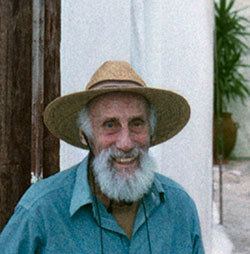
In his later poetry, Lax concentrated on simplicity and on making the most out of the fewest components, a technique common to literary minimalism. Some of his poems can go on for several pages using no more than a few words and a punctuation mark. In some instances, Lax uses repetition of a few words either as a device for instilling a sense of serenity or to create a sense of surprise in the reader when a change in the pattern occurs. Despite the limited vocabulary of his poems, some create narratives, while others seem more like examples for use in meditative practice or even spiritual discipline.
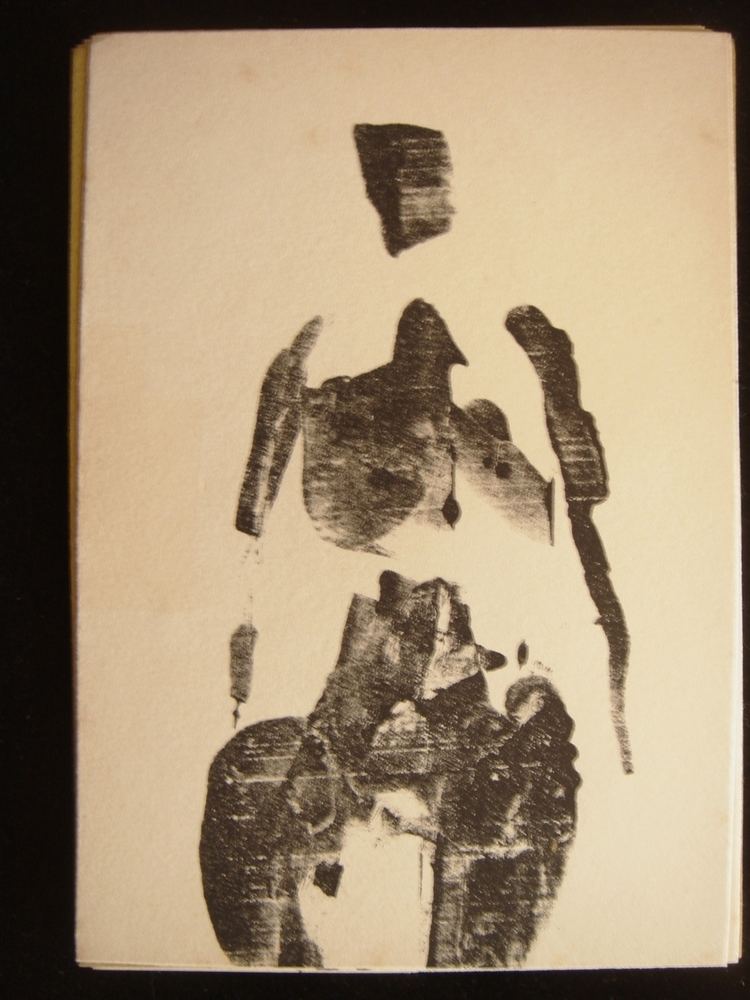
St. Bonaventure University, near Olean, houses the main Robert Lax archives.
